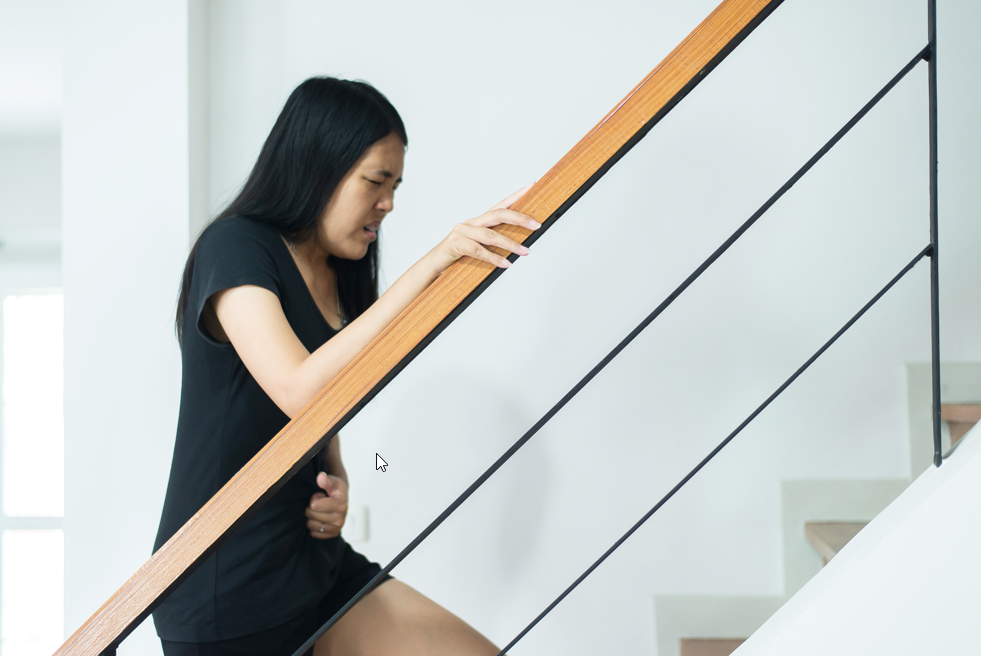
Even though stools, whether solid or liquid, can have a variety of colors, the presence of green stools in conjunction with diarrhea is cause for concern. Both the food that we eat and the bile, which is a greenish fluid that helps with digestion, may influence the stool that we pass. Together, the gallbladder and liver are responsible for the production and storage of bile fluid.
When everything happens naturally, the green bile turns brown as it broken down in the digestive tract. When a person has diarrhea, it indicates that stool moves through the intestines at an extremely rapid rate, which leaves little time for the breakdown of bile to take place.In this manner, there is a green color in the stool, which is an indication of bile that is not broken down.
Table of Contents
Causes of Greenish Diarrhea in Adults
An adult may experience greenish diarrhea for a variety of reasons, including infections, diseases of the gastrointestinal tract, the foods they consume, or even the medications they take.
The following are some of the possible causes of diarrhea with a greenish tint in adults:
Kind of Food We Eat
It’s possible that the food we eat is the cause of green diarrhea. Even though having green liquid poop as a result of the food you eat might not be a serious problem, having watery stools for several days in a row can be extremely uncomfortable.
The use of laxatives is another potential cause of green stools in a person. Laxatives are known to cause diarrhea because they work by relaxing the muscles in the digestive tract. In addition, laxatives have a propensity to hasten the movement of stool out of an individual’s intestine, which makes it more difficult for the bile to be effectively digested.
The consumption of dark green leafy vegetables in addition to iron supplements is a potential additional cause of having green, watery stools.

Salmonella infection
Salmonella infections can sometimes cause adults to experience diarrhea with a greenish tint.
In the vast majority of cases, the infection is brought on by the consumption of food that has been contaminated with microbes.
Green diarrhea is one of the clinical symptoms that can be seen in a patient who has salmonella.
Because salmonella is a form of gastroenteritis, one of the most common symptoms of salmonella infection is green diarrhea. Headaches, fever, nausea, vomiting, muscle pains, and abdominal cramps are some of the additional symptoms that can appear in a person who has salmonella.
Other viral and bacterial infections can also trigger recurring episodes of greenish diarrhea. E. coli, for example, is a potential cause of diarrhea that is loose and watery.
Giardiasis
Giardiasis is a disease that is caused by an infestation by Giardia lamblia, a microscopic parasite that can be found in food and water. People are at risk of contracting the parasite if they swim in water bodies that have been contaminated, such as pools.
Giardia is most commonly transmitted after the microscopic parasites known as Giardia lamblia mature into cysts, that is present in stool.
These cysts can infect water and food and when people consume such contaminated foods or water, they are at risk of contact Giardiasis Infection.
Adults are not immune to Giardia lambia even though the disease is more prevalent in children. A person who is sick with this condition will typically have severe symptoms, including diarrhea that is slimy, watery, and putrid smelling. This condition can also cause fever.
Diarrhea occurs when the body is attempting to rid itself of parasites by flushing them out through the digestive tract. As a result of the disruption in fat absorption, the diarrhea is typically green in color and may float by nature.
Giardiasis is generally regarded as the most common reason for diarrhea in the United States. In addition to these symptoms, a person who has giardiasis may also experience the following:
- Bloating
- Dehydration
- A decreased desire to eat
- Nausea
- Abdominal pain
- Constantly recurring flatulence and gas
- mild or moderate fever
- Vomiting
Giardiasis can sometimes be accompanied by diarrhea that has a yellowish or greenish color, but this is not always the case.
Passing out undigested bile
The commonest reason you have green diarrhea is because there is presence of undigested bile. This fluid is green in color and when it passes without being digested it causes stool to be green. While much of bile is produced by the liver and stored in the gallbladder, it is released to the small intestines and duodenum to break down fat. When it breaks down fats, bile changes in color to brown, that’s why you see the normal color of stool is brownish.
People who have their gallbladder removed can suffer a condition known as post-cholecystectomy syndrome. This stressful disorder brings about symptoms like chronic diarrhea meaning they always release green stool. When the gallbladder is removed, it takes away the storage part of bile so there will be bile dripping onto the an individual’s intestines even when it’s not needed and it remains undigested thus being passed as raw bile with its green color.
GI disorders
Gastro intestinal conditions like Crohn’s disease and ulcerative colitis or irritable bowel syndrome can make a person pass green diarrhea. Irritable bowel syndrome (IBS) affects a person’s large intestine and presents with symptoms like cramping, bloating, gas, abdominal pain, constipation or diarrhea, or both. Crohn’s disease and ulcerative colitis are examples of inflammatory bowel disease(IBD) and they cause inflammation in an individual’s digestive tract. Among the symptoms of inflammatory bowel disease are fever, fatigue, cramping, abdominal pain, blood in stool, unintended weight loss, reduced appetite, and diarrhea.
Pregnancy
In pregnant women, it is common for them to release green excreta and is a symptom of morning sickness. This condition may come along with other symptoms like light nausea and vomits. The reason pregnant women may pass out green diarrhea is because they take a lot of milk, fruits, fibrous meals, and green vegetables. Medications a woman takes when pregnant may be another reason for having green diarrhea. For example, iron supplements, dietary supplements, and vitamins can contribute to the change in poop color.
Treatment for Green Diarrhea in Adults
If you have salmonella, you will need treatment besides taking lots of fluids and painkillers to relieve abdominal cramps. Severe cases can be treated using antibiotics to clear the infection. Proper hygiene also helps to prevent contamination to other people.
To treat Giardiasis, the standard treatment is use of antibiotics like metronidazole and tinidazole. A pregnant women releasing green stool should take plenty of fluids and avoid preservative drinks and fatty foods. If the woman has weakness and vomiting experienced along with green stool, it should be examined by a doctor.
If green diarrhea is associated with supplements, medications, or diet, you can call a doctor if it persists beyond three days and comes with symptoms like fever and vomiting. It is important that you take plenty of fluids including water to prevent dehydration because of the diarrhea.
You can also avoid taking processed foods and beverages because they are harmful to your health. These foods interrupt your immunity as well as the digestive system and in addition, they can make your body weak. Exercising the body helps with digestion and flushing out of toxins that may induce diarrhea.
Authoritative Clinical References
Green feces -https://academic.oup.com/qjmed/article/106/3/287/1564181



Be the first to comment